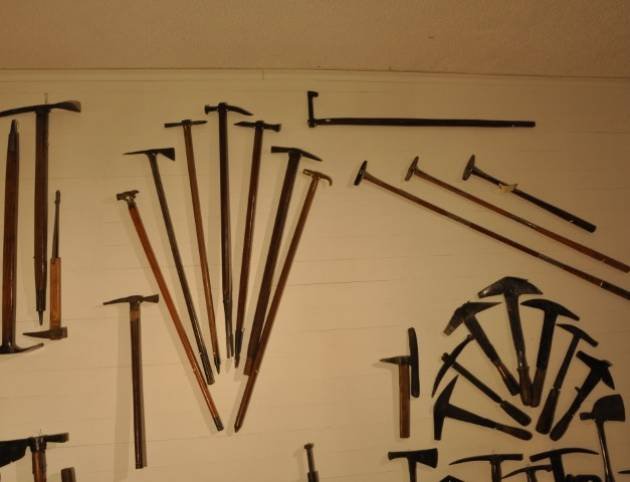
Historical and Mythological Importance:
- Norse Mythology The most famous example of a hammer-headed staff is Mjölnir, the hammer of the god Thor in Norse mythology. Mjölnir has the power to control lightning, protect against giants and enemies, and is symbolic of Thor’s power.
- Ancient Egypt: In ancient Egypt, the combination of a hammer and a staff was a ceremonial item used by high priests and pharaohs. It was a sign of divine power and ruling authority.
- Medieval Europe: During this period, hammerhead scepters were used more for symbolic and ceremonial purposes. In royal ceremonies, they were used to symbolize royal power and justice.
Hammer Head Wands
Hammerhead staffs are symbolic and ceremonial objects that frequently appear in historical and mythological texts. They are often regarded as symbols of power, authority and protection. Their use ranges from antiquity to medieval Europe and even into modern times. Hammerhead scepters are thought to represent the power of gods, kings, magicians and leaders.


Modern Uses and Cultural Impacts:
Today, hammerhead wands are often sought after by collectors and history buffs. They are also popular cultural icons in video games, fantasy literature and movies. For example, Thor and Mjölnir feature prominently in Marvel Comics and its cinematic adaptations.
The historical, cultural and mythological significance of hammerhead scepters makes them not only part of the past, but also an important part of modern popular culture. These objects are universal symbols of power, authority and protection.
Usage Areas and Properties:
Hammerhead wands can be made of a variety of materials, but metal, stone and rarely wood are usually used. The scepter itself is usually made of wood or metal and topped with a hammerhead, often in a conspicuously designed shape. These scepters are symbolic instruments, often used in religious ceremonies, royal ceremonies or judicial proceedings.



